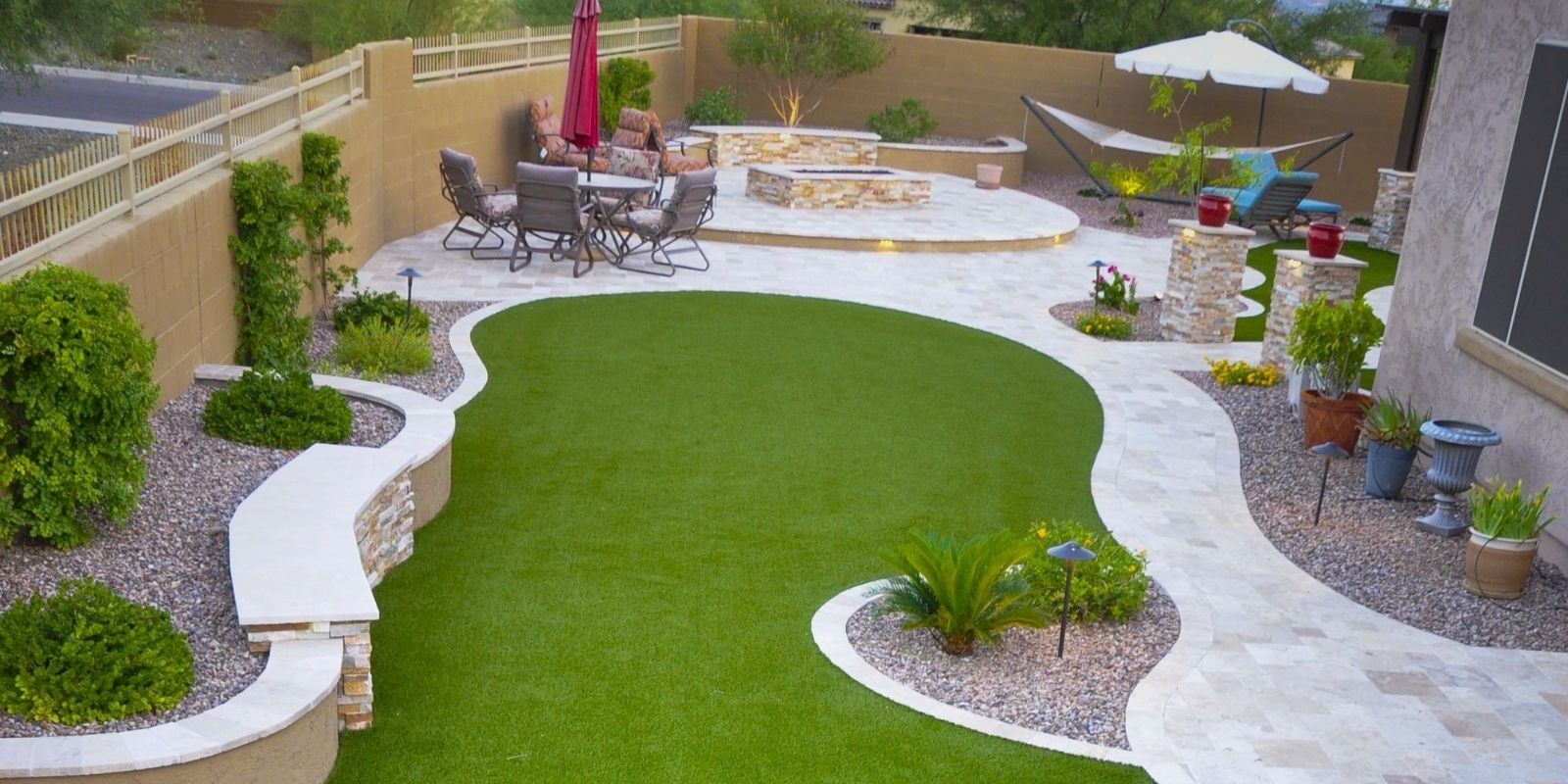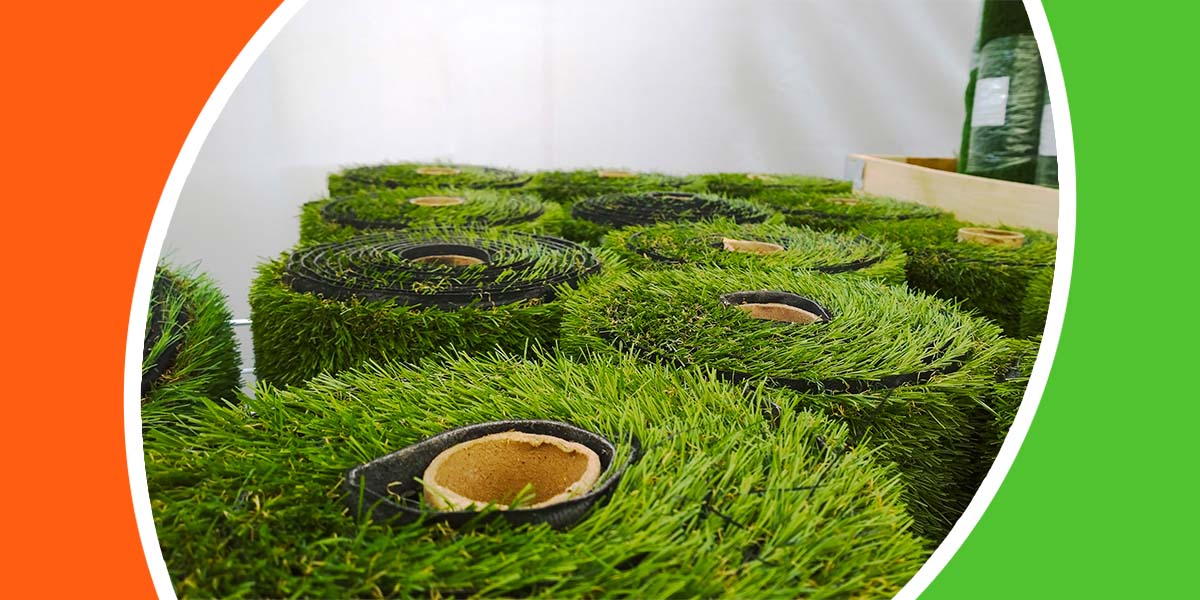Premium Arizona Turf Solutions for a Attractive and Green Landscape
Look Into the Environmental Conveniences of Opting for Synthetic Grass Solutions
The fostering of man-made grass services offers a compelling opportunity to address pushing environmental obstacles. By significantly reducing water usage and lessening the application of damaging chemicals, these options not just promote lasting landscape design but also protect local communities.
Water Preservation Conveniences
One of the most considerable benefits of synthetic lawn is its ability to save water. In comparison, artificial turf does not need watering, substantially lowering the overall demand for water resources.
By eliminating the requirement for normal watering, man-made turf adds to lasting landscape practices and aids mitigate the ecological impact of excessive water usage. Furthermore, the conservation of water reaches the reduction of overflow, which can cause dirt disintegration and river pollution.
Additionally, the installment of synthetic grass enables municipalities and house owners to designate water sources much more successfully, concentrating on important uses such as drinking water and farming. The change in the direction of artificial turf not just advertises responsible water usage but also lines up with broader environmental objectives targeted at preserving natural deposits.
As neighborhoods increasingly focus on sustainability, the water preservation benefits of man-made turf offer an engaging instance for its adoption in commercial and domestic landscape design jobs.
Reduced Chemical Use
The transition to man-made grass dramatically reduces the reliance on chemical therapies generally utilized in natural grass upkeep. Typical lawn monitoring commonly entails the application of herbicides, pesticides, and plant foods to promote development and control pests. These chemicals can pose threats to human health, neighborhood wildlife, and the atmosphere, adding to dirt and water contamination.
On the other hand, fabricated grass gets rid of the demand for these unsafe substances. When set up, it requires minimal maintenance, mostly including normal cleaning and infrequent infill replenishment. This reduction in chemical use not only benefits the prompt atmosphere yet also adds to wider ecological security. By minimizing the launch of synthetic substances into the community, synthetic grass advertises healthier dirt and water systems.
Furthermore, the lack of chemical runoff connected with artificial grass installations aids shield regional waterways from pollution, sustaining aquatic life and keeping biodiversity. Arizona artificial turf. As neighborhoods increasingly prioritize sustainable techniques, going with synthetic grass presents a practical option that straightens with environmental conservation goals. Via this change, home proprietors can take pleasure in lavish eco-friendly spaces without compromising environmental wellness, leading the way for a more lasting future
Reduced Carbon Impact

Moreover, the installment of synthetic lawn can result in significant water conservation. Natural grass require substantial amounts of water for irrigation, which not just includes to the carbon footprint connected with water removal and therapy yet also stress neighborhood water resources. On the other hand, synthetic grass requires minimal maintenance, requiring no watering, consequently substantially lowering water use and its associated energy expenses.
Furthermore, the longevity of man-made grass adds to its lower carbon impact. With a life-span of as much as 15 years or even more, the need for constant replacements is lessened, leading to less waste and reduced power intake in production and getting rid of standard yard choices. Overall, synthetic grass provides a sustainable option for environmentally mindful landscape design.
Environment Preservation
Habitat preservation is a crucial consideration in the debate over landscape design selections, especially when comparing fabricated grass to natural turf. Natural yard yards commonly call for substantial maintenance, including the usage of chemicals, fertilizers, and herbicides, which can negatively influence neighborhood ecological communities. These chemicals can seep into the dirt and waterways, damaging native flora and animals and interrupting neighborhood habitats.
Synthetic grass gets rid of the demand for harmful chemicals, therefore safeguarding close-by wild animals and maintaining the integrity of surrounding ecological communities. The setup of artificial grass can lead to the conversion of previous yard locations right into more biodiverse landscapes, such as pollinator gardens or indigenous plant areas, which can sustain local wild animals.
Inevitably, the shift to man-made lawn not only conserves water and decreases maintenance initiatives yet likewise promotes a more unified partnership in between human activities and the native environment, advertising habitat preservation at the same time.
Long-Term Sustainability
Long-term sustainability is a crucial consider examining the benefits of fabricated lawn over traditional grass lawns. One of the most substantial advantages of man-made turf is its durability; it can last up to 15-20 years with marginal upkeep, whereas all-natural grass needs constant reseeding and substitute. This long life reduces the need for continuous resources, such as water, plant foods, and pesticides, which are crucial for preserving a healthy turf lawn.
Furthermore, synthetic grass adds to a decrease in carbon emissions linked with lawn treatment devices. Typical yards frequently useful source call for gas-powered mowers, trimmers, and blowers, all of which add to air pollution. Arizona important source artificial turf. In contrast, man-made lawn eliminates the requirement for such tools, promoting a cleaner atmosphere
In addition, the production of man-made turf progressively makes use of recycled products, enhancing its sustainability account. As suppliers adopt green practices, the ecological footprint of synthetic grass remains to lessen.

Verdict
The fostering of synthetic lawn options offers substantial environmental benefits, including substantial water conservation, reduced dependence on unsafe chemicals, and a lower carbon impact. Man-made grass aids in protecting all-natural environments by lessening land disruption and advertising long-term sustainability with the use of long lasting products. Jointly, these elements highlight the capacity of artificial turf to contribute positively to ecological wellness and supply a sensible choice to conventional landscaping techniques in a significantly resource-conscious world.
In comparison, fabricated turf does not require watering, significantly lowering the general need for water sources. By reducing the launch of artificial substances into the ecological community, man-made turf promotes healthier soil and water systems.
Furthermore, the installment of artificial turf can result in significant water conservation. In comparison, artificial grass requires minimal maintenance, calling for no watering, thus significantly decreasing water use and its associated power prices.
